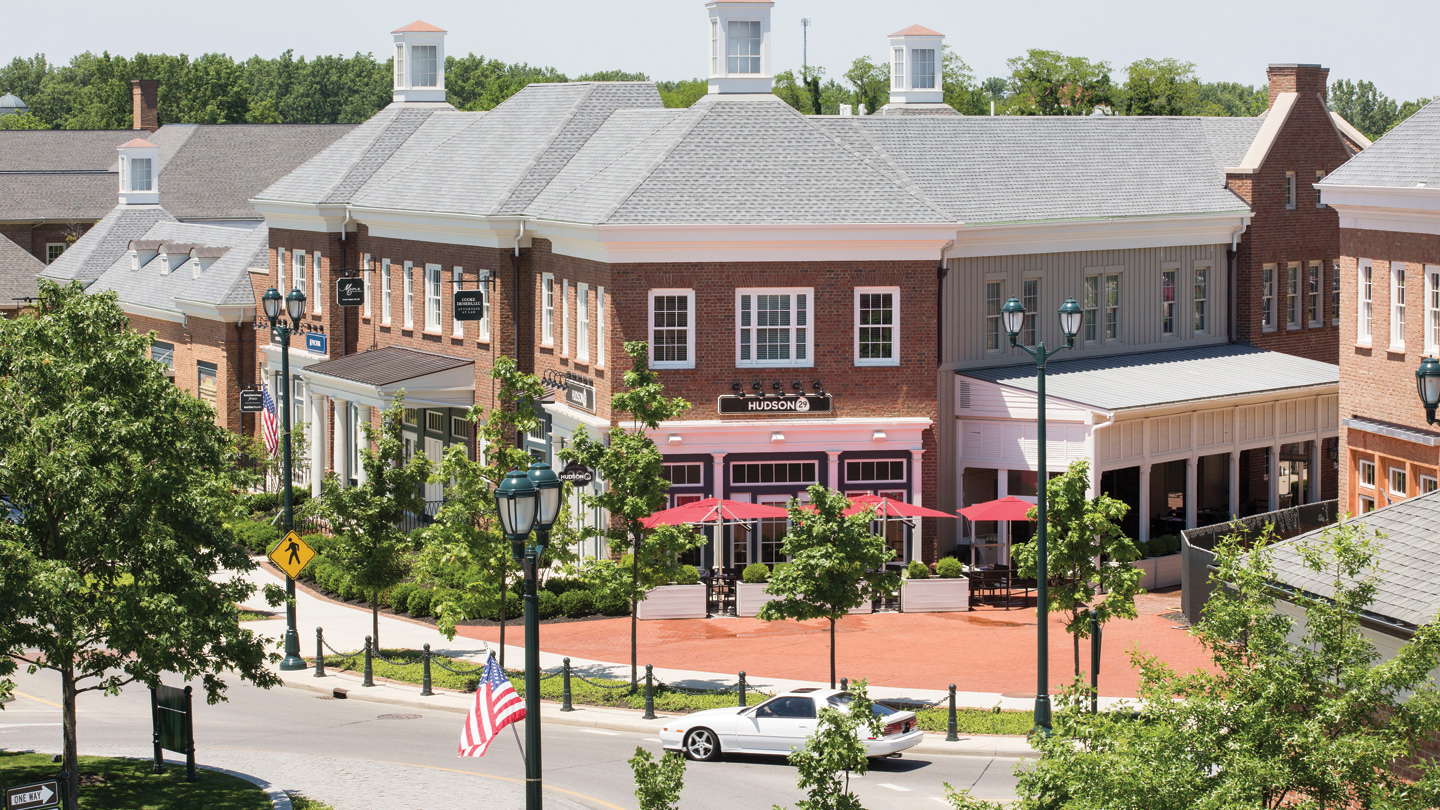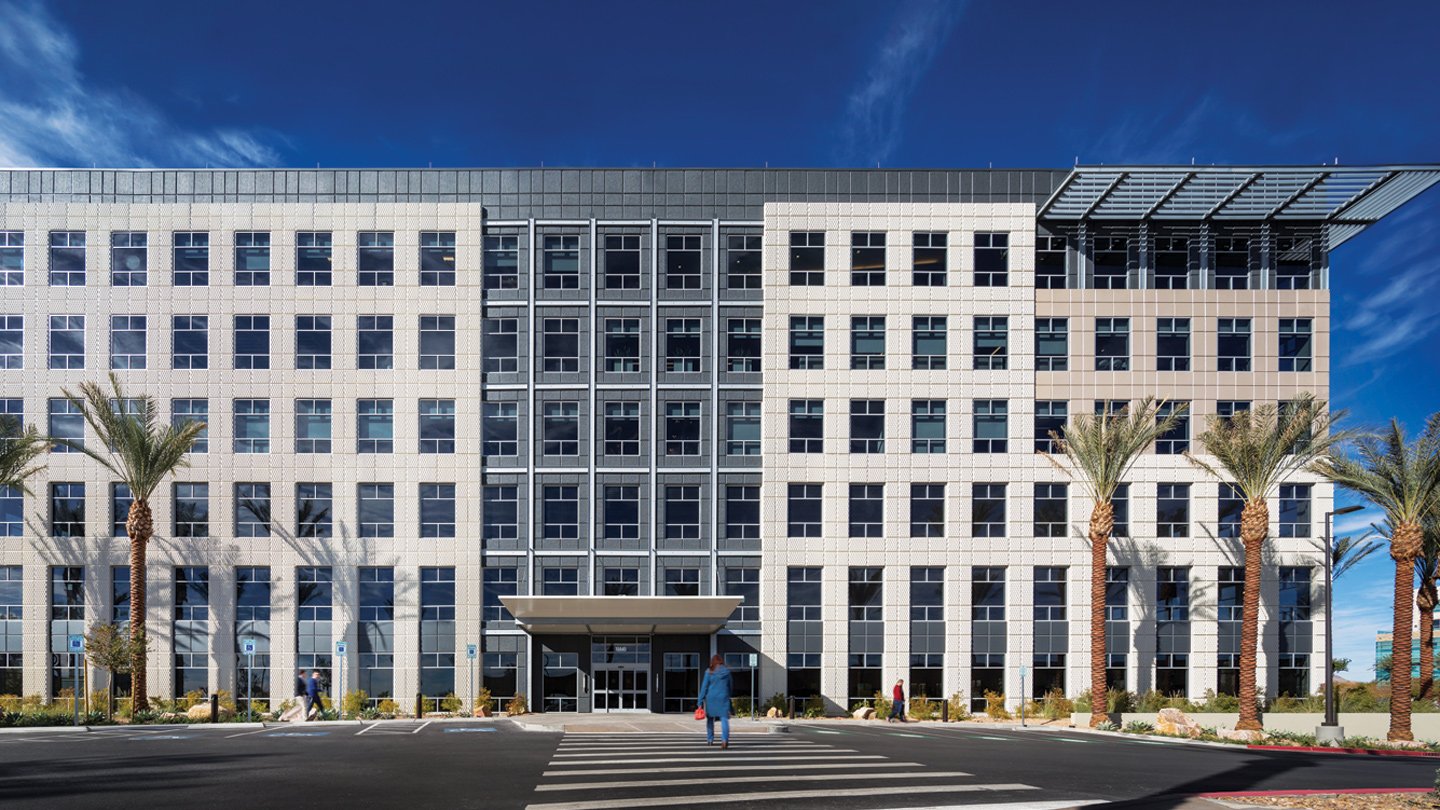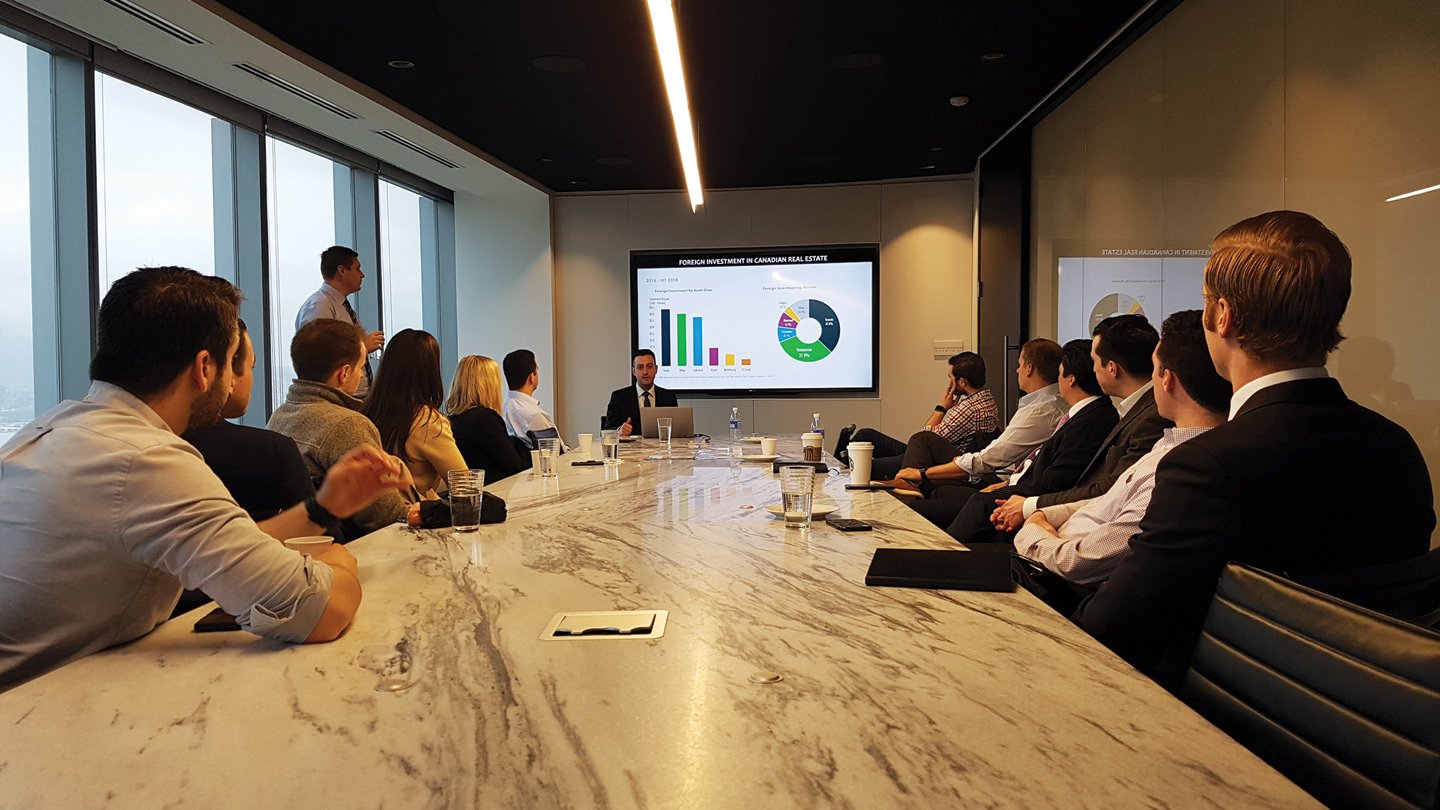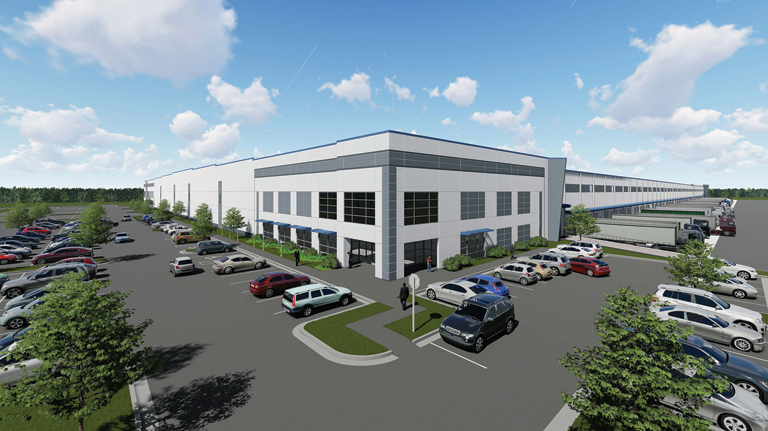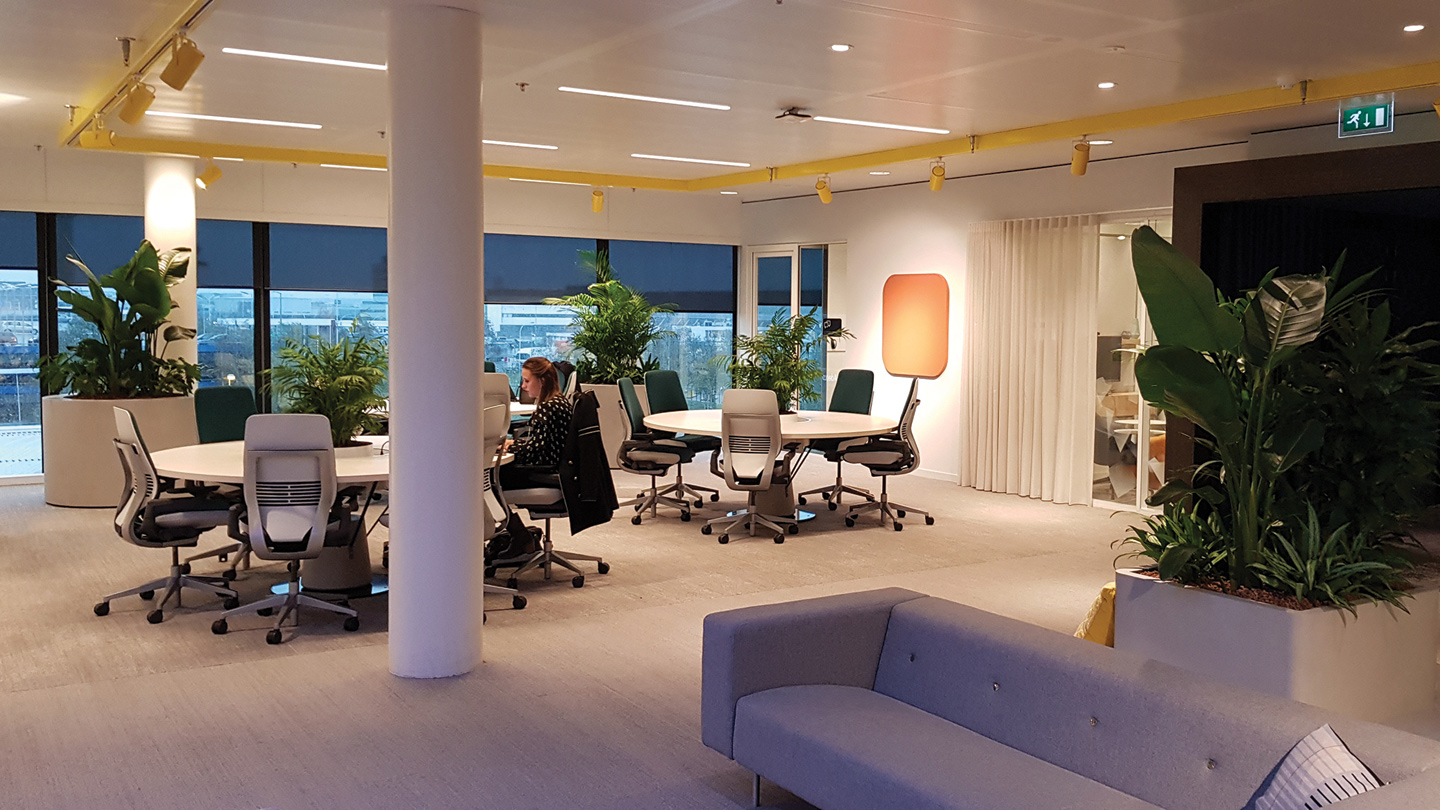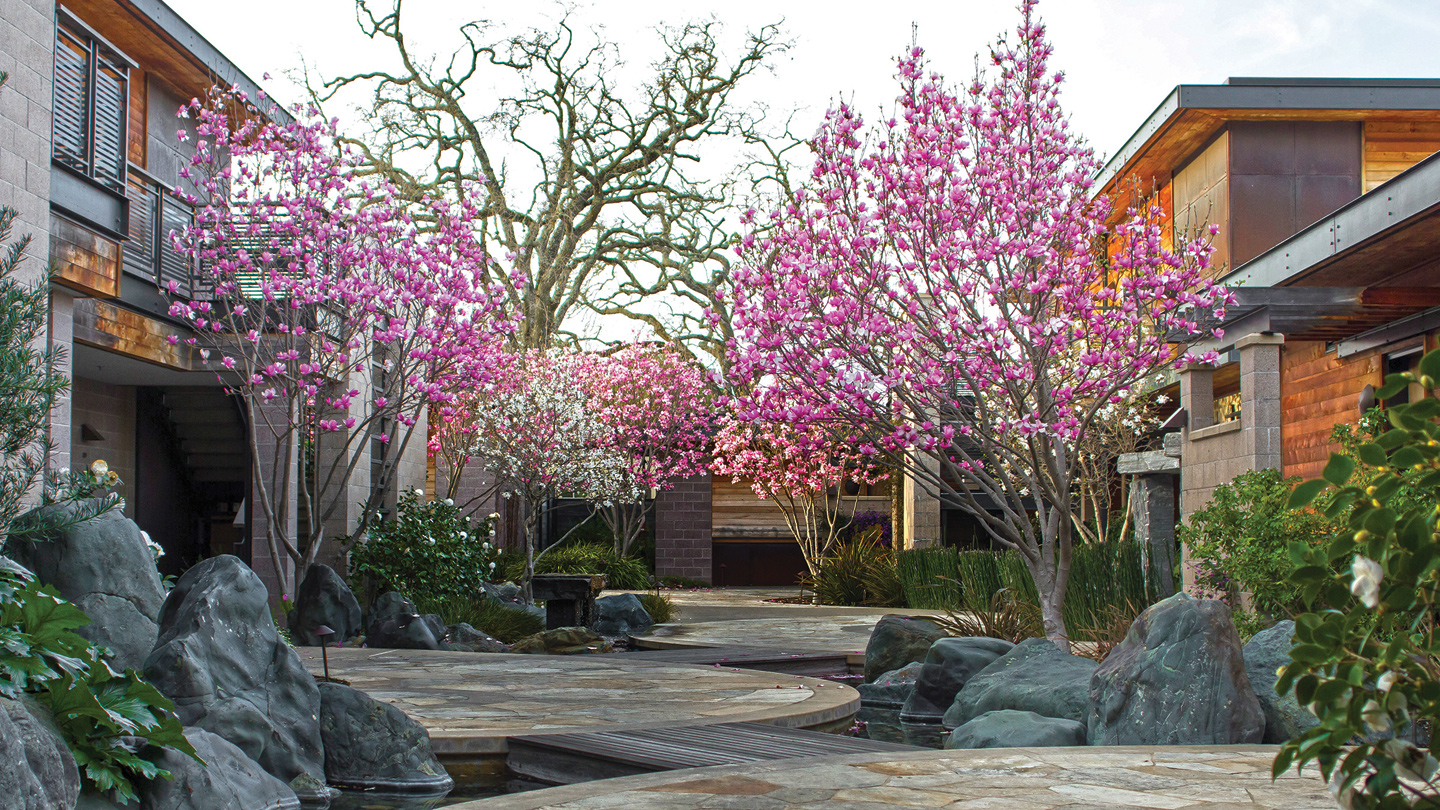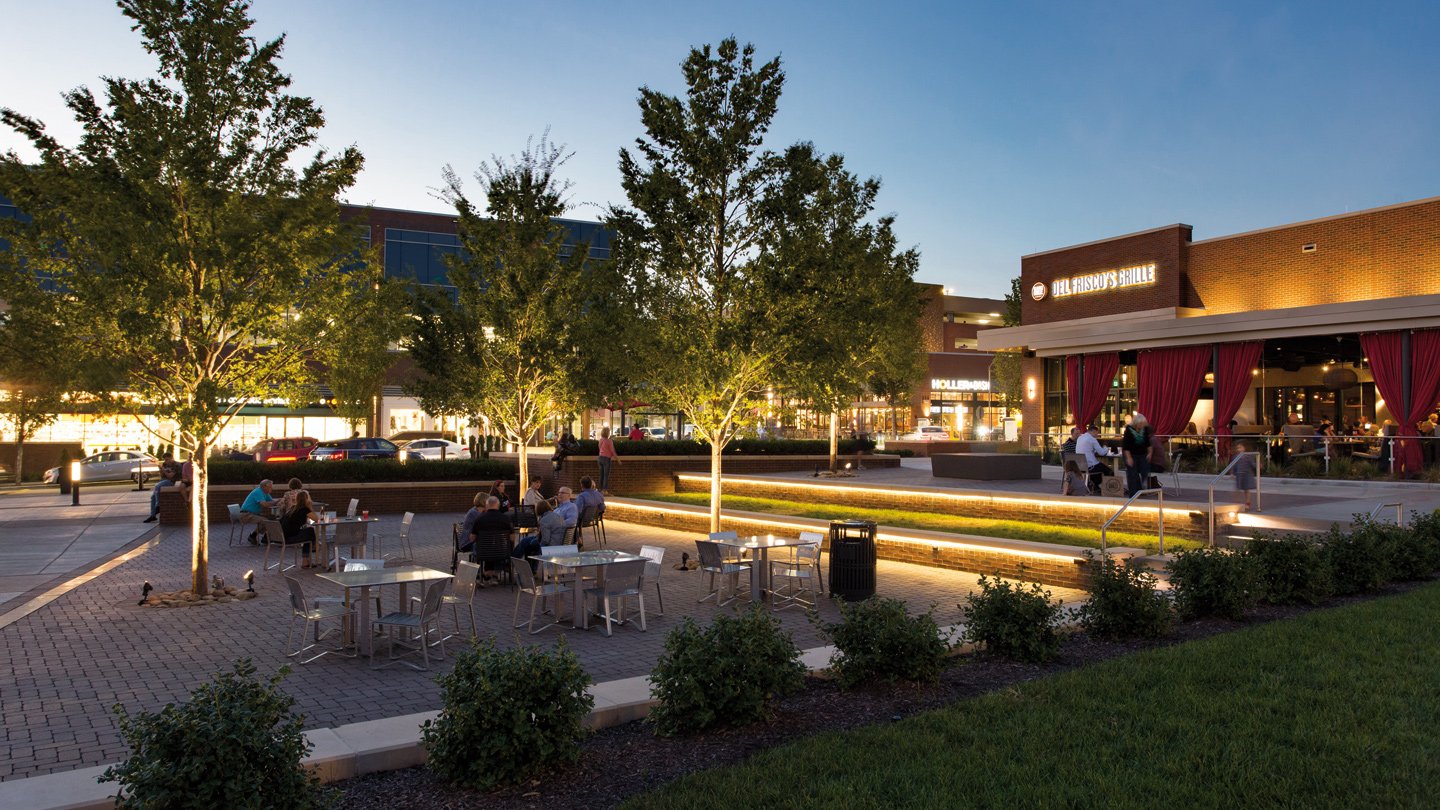Awash in granular digital information, companies are diving headfirst into high-tech solutions so they can make more deeply informed business decisions.
Summer 2019 Issue
An Ohio Suburb's Strategy to Win Business Investments
By: Jennifer ChryslerNew Albany, about 15 miles northeast of downtown Columbus, maximizes the planning process to beat major cities in the development sweepstakes.
Two Summerlin: An Office Building with a Unique Exterior Skin
By: Lori M. LeaCustom precast panels and energy-efficient elements help set this award-winning project apart.
NAIOP's National Forums: The Power of Relationships
By: Rich TuckerFive members of the association’s Deal and Investment Concepts Forum tell how members bond through relevant, in-depth conversations in a noncompetitive setting.
Must-Read Articles

The Northern Influence of Commercial Real Estate

Construction Costs Outlook

The Future of 5G in the Commercial Real Estate Industry
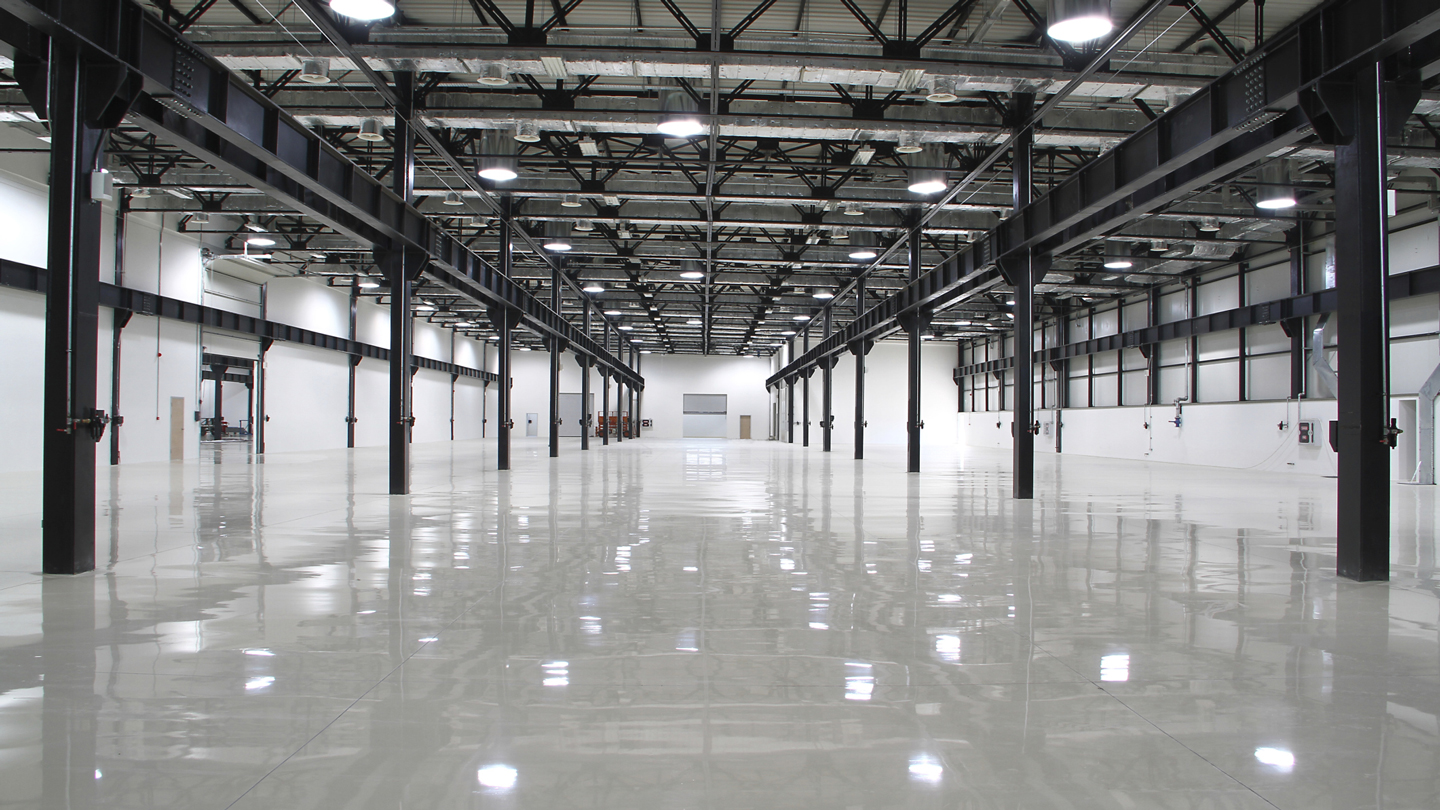
Industrial Sector to Remain Strong in 2019 as Economy Steadies
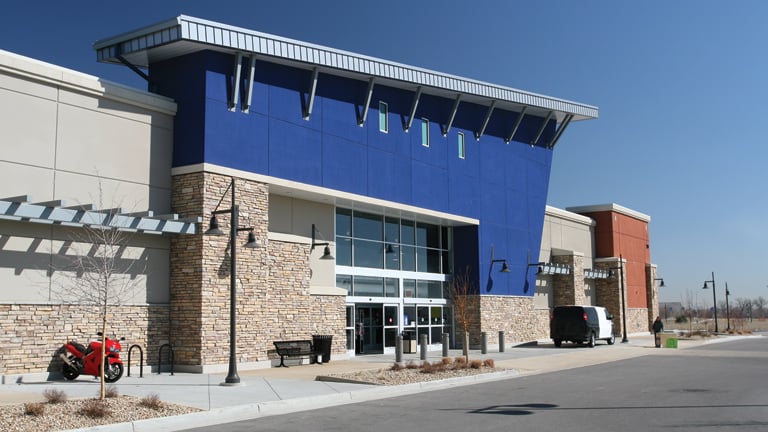
Data Drives Decision-Making in Retail Real Estate
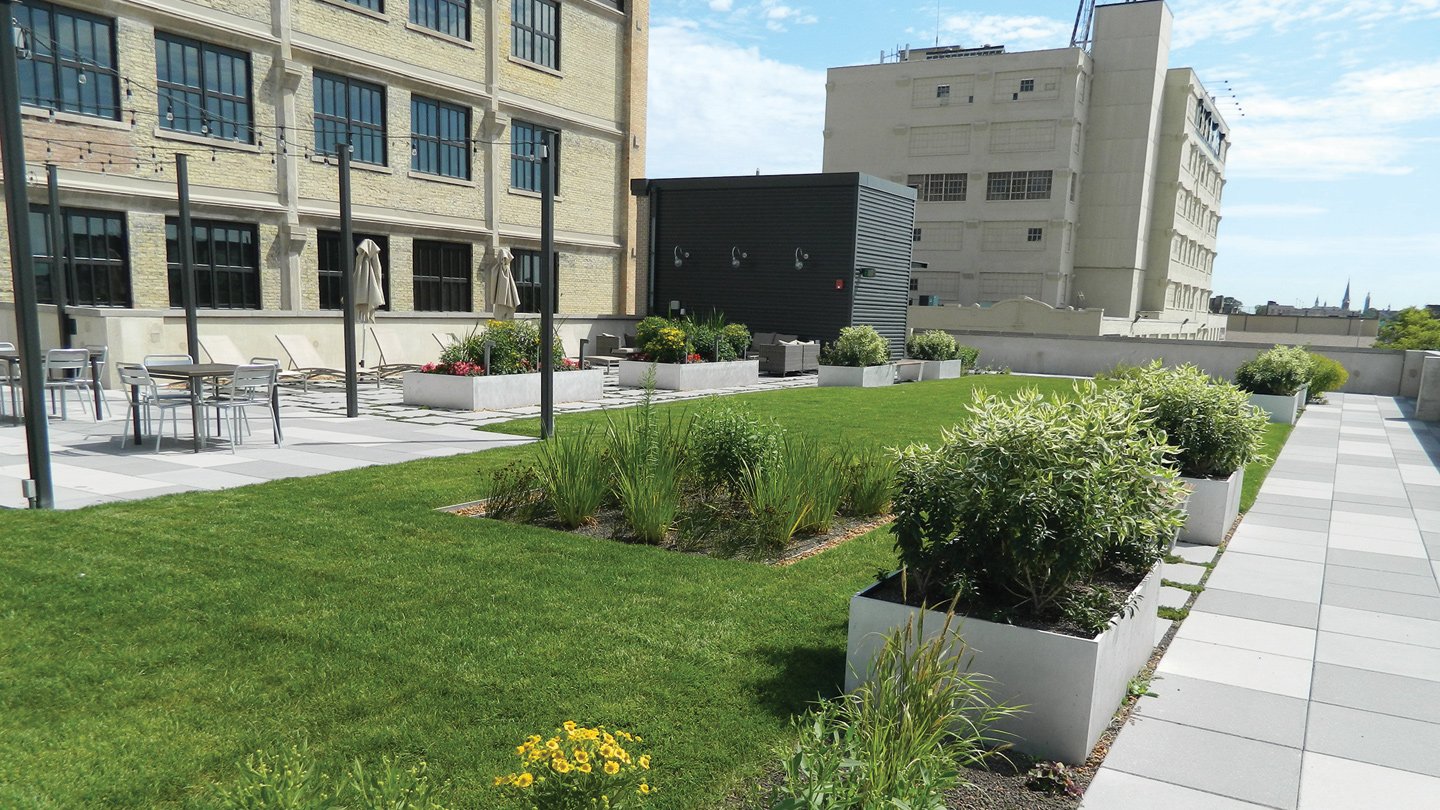
Blue, Green and Smart: New Land-Use Patterns Drive Modern Stormwater Technologies
RELATED RESEARCH AND PUBLICATIONS
From Static to Strategic: AI’s Role in Next-Generation Industrial Real Estate
- Report,
- Technology,
- ...
Industrial Space Demand Forecast, Third Quarter 2025
Economic Impacts of Commercial Real Estate in Canada, 2025 Edition
PERSPECTIVES
CEO on Leadership: Mark Saturno, CEO, IDI Logistics
Chapter Profile: NAIOP Wisconsin
Positive Themes Continue to Shape CRE
Diversity and Inclusion: 'You Have to Have This Conversation'
- Perspectives,
- Career,
- ...
Coinsurance: The Misunderstood Property Insurance Pitfall
NAIOP's National Forums: The Power of Relationships
From the Editor: Swimming in Oceans of Information
ADDITIONAL ARTICLES
Tee-Commerce: Acing the Golf-Course Conversion
Microsoft's Workplace Strategy for Sales Offices Evolves
New & Noteworthy Projects
The Hotel Sector Can Profitably Embrace Sustainable Development
Activating Public Spaces Can Attract Users, Create Community
Some Property Owners Could Face Surprising Tax Bills
Intelligent Security Strategies Can Support Smart Buildings
Parking Perplexities: Developers Face New, Growing Challenges
ARCHIVED ISSUES
View All Archived Issues Summer 2025 Issue
Summer 2025 Issue
Development’s summer 2025 issue explores experiential retail and the brick-and-mortar resurgence. Also featured: a modern warehouse campus in Toronto that honors its manufacturing heritage; a coalition of Oregon real estate organizations working to revitalize downtown Portland; and the creative capital stack strategy behind a mixed-use project in West Baltimore.
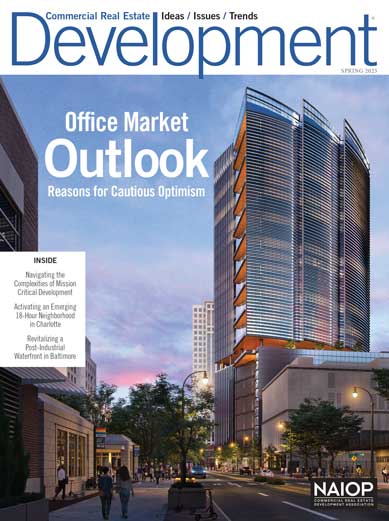 Spring 2025 Issue
Spring 2025 Issue
The spring 2025 issue offers insights about where the office market might be heading over the coming year, explores the complexities of mission critical development, and provides detailed looks at two transformative mixed-use projects: The Bowl at Ballantyne in Charlotte and Baltimore Peninsula in Maryland.
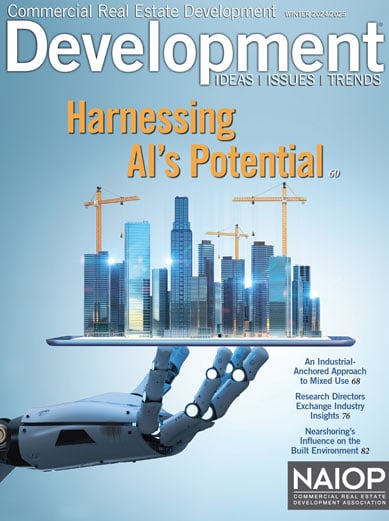 Winter 2024/2025 Issue
Winter 2024/2025 Issue
Development magazine’s winter issue delves into the evolving uses of artificial intelligence in the commercial real estate industry, from lease management and building operations to portfolio assessment and data analysis.


